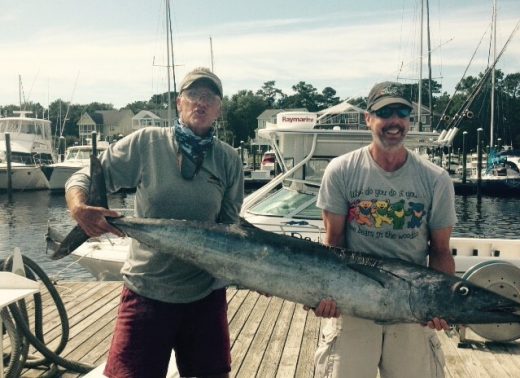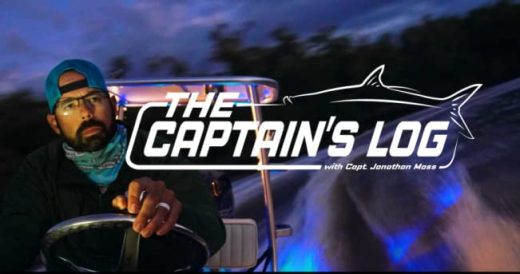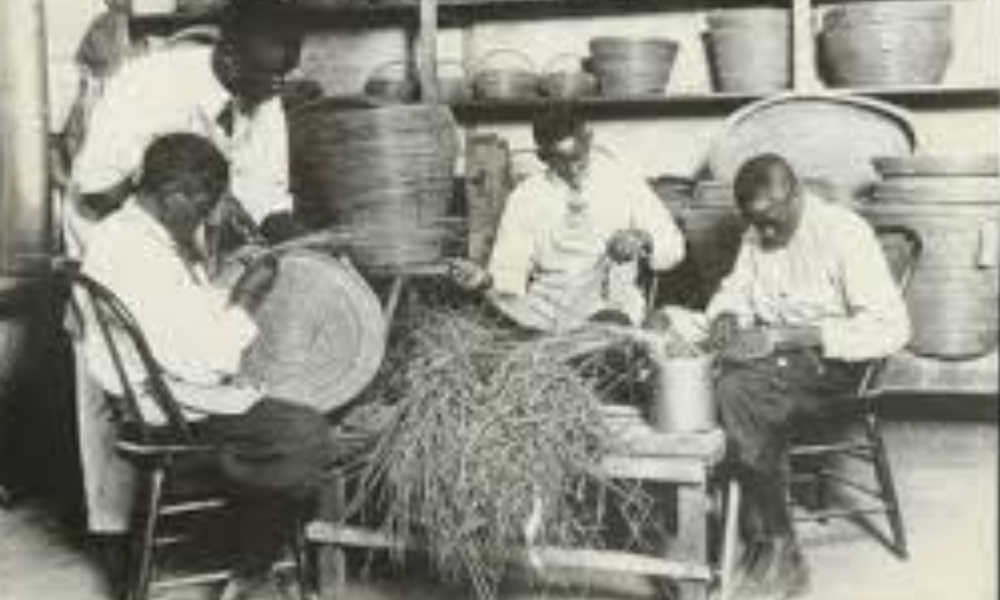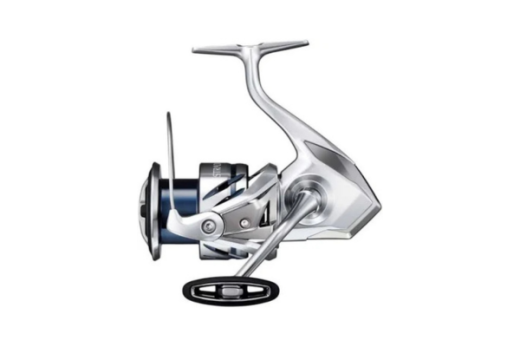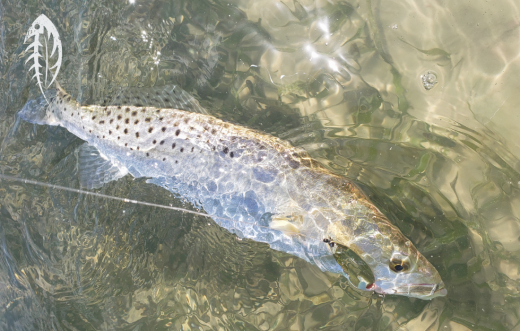The Wandering Coastal Angler…..The Sweetgrass Basket Makers of Charleston, SC
Even though I live in the south, I still love vacationing here. Going westward across the United States hasn’t been something that tugs at me, but I guess it’s because I love where I live. I’m in the fall of my years, so the call gets less and less to venture away. I especially love to visit Charleston, SC. I’ve been there many times and I don’t ever mind going back.
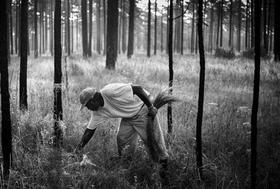 On one of my “getaway” trips, I decided to stop by one of the roadside stands where there was a woman and her daughter, (the mother, whose name is Carman, is also in the fall of her years) making sweetgrass baskets. I’ve passed these stands every time I go but had not stopped before now. Both women greeted me with a smile, and I asked if I could sit a moment and ask about their trade. I watched Carman meticulously weave these baskets with worn hands that I knew had made a gracious plenty baskets in her lifetime. I see these baskets in the Charleston City Market, with varying sizes and shapes, and recognized this was definitely a refined art. I asked her to give me a history lesson on how this art came about. Carman smiled again and said there is nothing she enjoys more than to share this information. We seemed to have connected as kindred souls in our past. She was delightful.
On one of my “getaway” trips, I decided to stop by one of the roadside stands where there was a woman and her daughter, (the mother, whose name is Carman, is also in the fall of her years) making sweetgrass baskets. I’ve passed these stands every time I go but had not stopped before now. Both women greeted me with a smile, and I asked if I could sit a moment and ask about their trade. I watched Carman meticulously weave these baskets with worn hands that I knew had made a gracious plenty baskets in her lifetime. I see these baskets in the Charleston City Market, with varying sizes and shapes, and recognized this was definitely a refined art. I asked her to give me a history lesson on how this art came about. Carman smiled again and said there is nothing she enjoys more than to share this information. We seemed to have connected as kindred souls in our past. She was delightful.
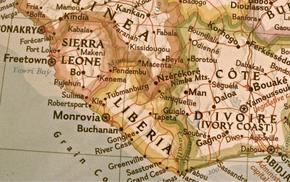 This talent came over with the West African slave trade about 300 years ago, and actually the men were the primary baskets weavers. It was a good source of revenue because these baskets were used for many agricultural purposes. In 1863, the life of the plantation slave changed dramatically (freedom), and the basket making art decreased tremendously. However, this Gullah Tradition did not die. It has been passed down through the generations by talented ladies that wanted to see the culture continue. “Teach the children” is their moto. Keep this notable gift going and “Share your heritage”, they say to the youth. I couldn’t help but notice as she was telling the story, the great pride she and her daughter took in their heritage and their art form, as well they should.
This talent came over with the West African slave trade about 300 years ago, and actually the men were the primary baskets weavers. It was a good source of revenue because these baskets were used for many agricultural purposes. In 1863, the life of the plantation slave changed dramatically (freedom), and the basket making art decreased tremendously. However, this Gullah Tradition did not die. It has been passed down through the generations by talented ladies that wanted to see the culture continue. “Teach the children” is their moto. Keep this notable gift going and “Share your heritage”, they say to the youth. I couldn’t help but notice as she was telling the story, the great pride she and her daughter took in their heritage and their art form, as well they should.
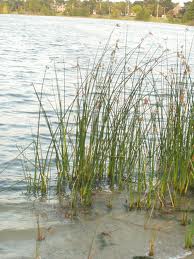 After sitting for a while, I thanked her for her time and purchased a lovely basket that had handles on each side. I’ll use it to gather flowers and vegetables from my own gardens. I did ask her to do me a favor, however. I assured her I would never be in any competition with her, NEVER, but asked if she would let me try to weave just a small area on her basket. The secret is how the grass is dried and coiled, then bundled together. She was kind enough to let me try, and we both had a good hearty laugh over my attempt. I knew I had made a new friend.
After sitting for a while, I thanked her for her time and purchased a lovely basket that had handles on each side. I’ll use it to gather flowers and vegetables from my own gardens. I did ask her to do me a favor, however. I assured her I would never be in any competition with her, NEVER, but asked if she would let me try to weave just a small area on her basket. The secret is how the grass is dried and coiled, then bundled together. She was kind enough to let me try, and we both had a good hearty laugh over my attempt. I knew I had made a new friend.
Charleston is such a place of charm, history, and good food. With each trip there, I return home having had an experience that I’ll cherish, but this trip is unforgettable. I’ll stop by and see Carman with each trip, and of course, purchase one of her beautiful baskets. I already have family and friends in mind that will be getting one of these handmade sweetgrass baskets. I suggest you make a trip to Charleston if you haven’t done so yet, and Carman will be there selling her baskets.
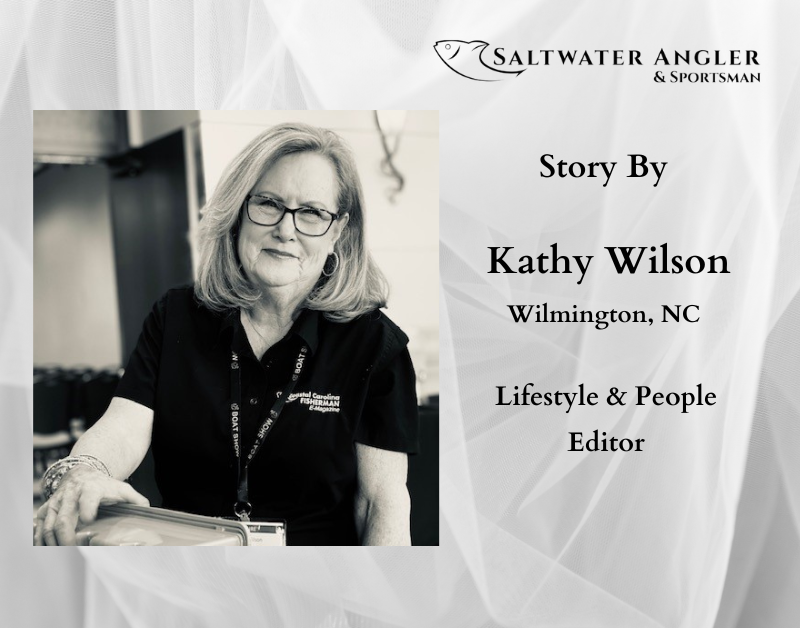
You may be interested
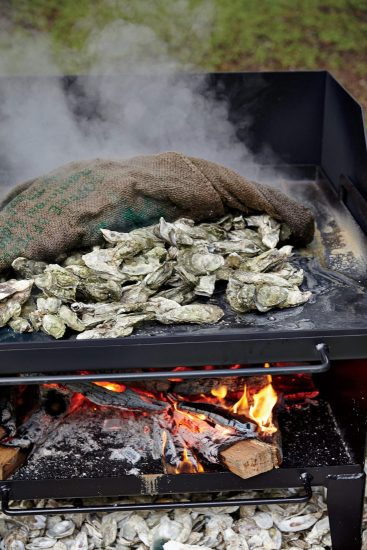
An Oyster Roast at Christmas…. Southern Style
Tim Wilson - December 15, 2025By the time the first stars show over the marsh, the fire is already glowing. Oak and pine crackle beneath a heavy sheet of metal, and the…
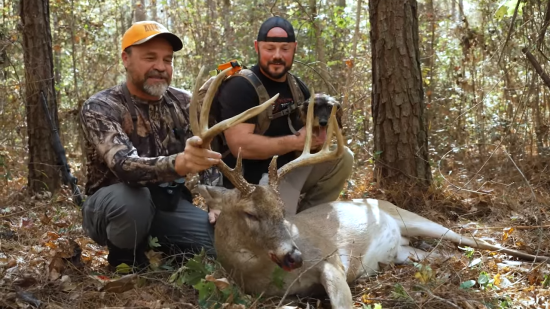
BIG NC 8 Point COMES IN TO RATTLING!!
Tim Wilson - December 15, 2025The rut is just getting underway and with each sit Chris edges his way closer to a large core area that a number of bucks were using…
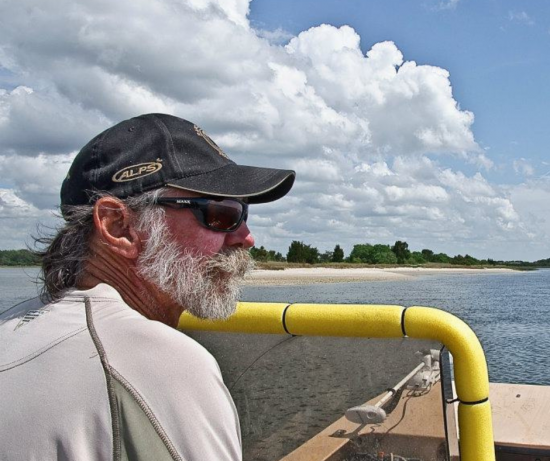
How Environment Changes Have Impacted Fishing…..The Parsons’ Perspective
Tim Wilson - December 15, 2025Saltwater Angler & Sportsman Legend of Saltwater Fishing edition of The Parsons' Perspective. In this video, Lee talks about how environmental changes have a negative impact on…
Most from this category
